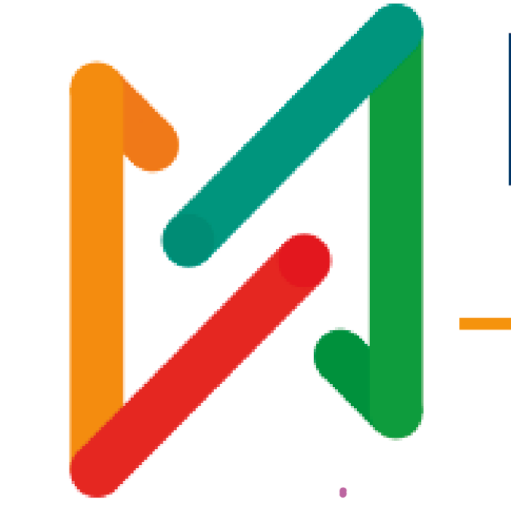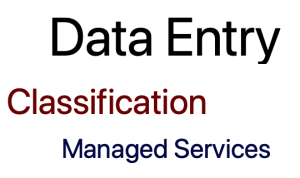Whats special in Easylib OPAC?
Easylib has been developed keeping in mind the benefit of end users. All of our programmers are avid readers and ones who library. We think like end users and have developed Easylib to suite the needs of end users like us. So, whats special in Easylib OPAC? Top Search Bar Easy search – Do a …

